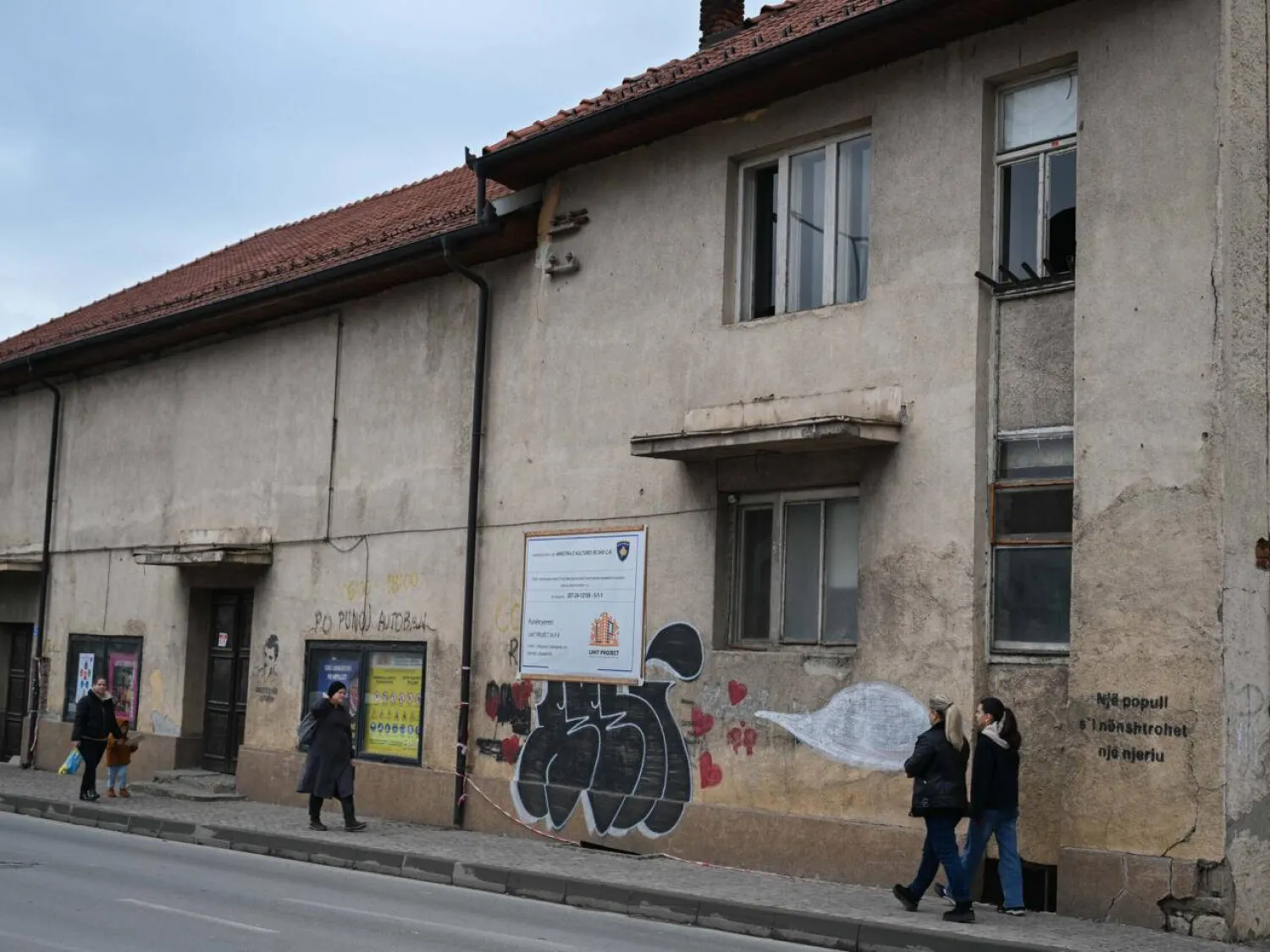Dar Al Mada Publishing released a new study on the “One Thousand and One Nights” novel by Dr. Mohsen Mahdi.
According to the publishing house, the story of the book does not actually span over 1,001 nights, and the transcribers were behind stretching the original story.
Researcher Mohsen Mahdi started his investigation on the book years ago, and studied the stories narrated in it without the additions of the transcribers.
The most famed editions of the novel are: The Bulaq print, the Moroccan popular print, the Father Salhani print published by the Catholic printing house, the Rushdie Saleh print – Dar Al Shaab in Beirut, and the Breslau print, which was investigated by Abdul Saheb al-Aqabi and published in the Iraqi “Popular Heritage” magazine in the 1980s.
The researcher investigated the nights using a scientific approach based on the oldest handwritten copy of the book (the version kept at the national library of Paris), the copy of the Vatican Library, and the copy of the John Rylands Research Institute and Library, Manchester.
The investigator wrote an introduction that discusses debunking the old printed versions of the book: The first Kolkata print; the Breslau print; the Bulaq print; and the second Kolkata print. The book also includes the findings of the investigation, and the handwritten versions of the story and their origins (the mother copy, the Damascene branch, and the Egyptian branch).
It also tackles the used language, its general characteristics, dictation, and punctuation. The writer found that the “One Thousand and One Nights” has several original handwritten editions linked by a tree comprising two main branches, the Damascene and the Egyptian.
In his investigation, Mahdi also reported that the book has a mother version that does not exist anymore and that all the following copies were derived from it. He also noted that the mother version was composed in the Mamluk Sultanate in the second half of the 7th century of Hegira (second half of the 13th century AD), and was preceded by another older mother version that was written in the 3rd century of Hegira.
Mohsen Mahdi concluded that the original version of this book didn’t make it to 1,001 night, but only to around 300 nights and stories, in addition to the frame story, suggesting that the transcribers added the additional nights for profit.









